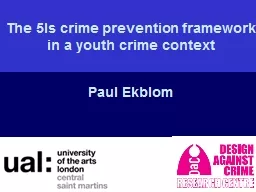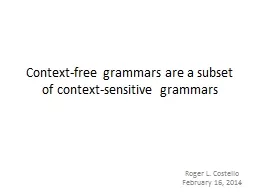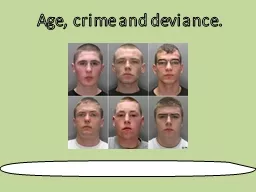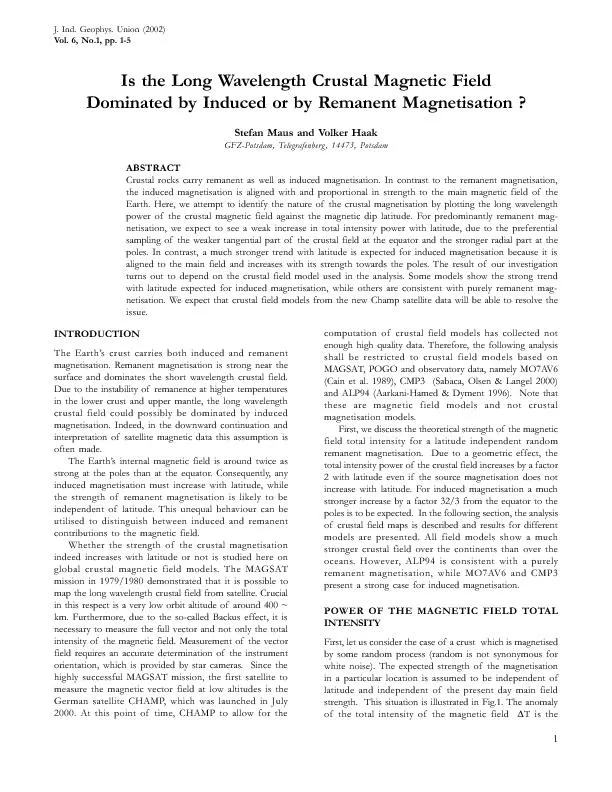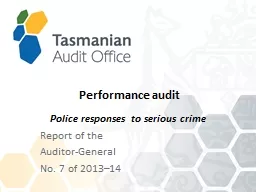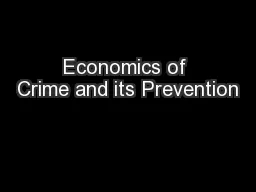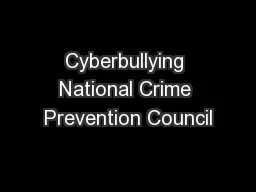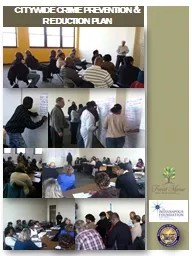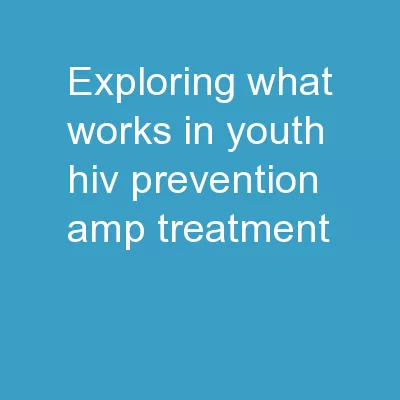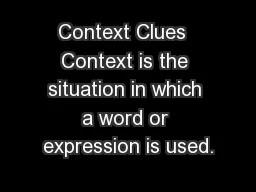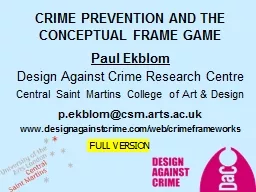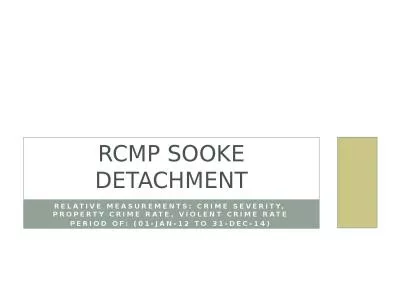PPT-The 5Is crime prevention framework in a youth crime context
Author : kittie-lecroy | Published Date : 2018-10-20
Paul Ekblom Whats coming up Importance of Good Practice knowledge Whats wrong with the way we collect it Introducing the knowledge management suite that attempts
Presentation Embed Code
Download Presentation
Download Presentation The PPT/PDF document "The 5Is crime prevention framework in a ..." is the property of its rightful owner. Permission is granted to download and print the materials on this website for personal, non-commercial use only, and to display it on your personal computer provided you do not modify the materials and that you retain all copyright notices contained in the materials. By downloading content from our website, you accept the terms of this agreement.
The 5Is crime prevention framework in a youth crime context: Transcript
Download Rules Of Document
"The 5Is crime prevention framework in a youth crime context"The content belongs to its owner. You may download and print it for personal use, without modification, and keep all copyright notices. By downloading, you agree to these terms.
Related Documents

